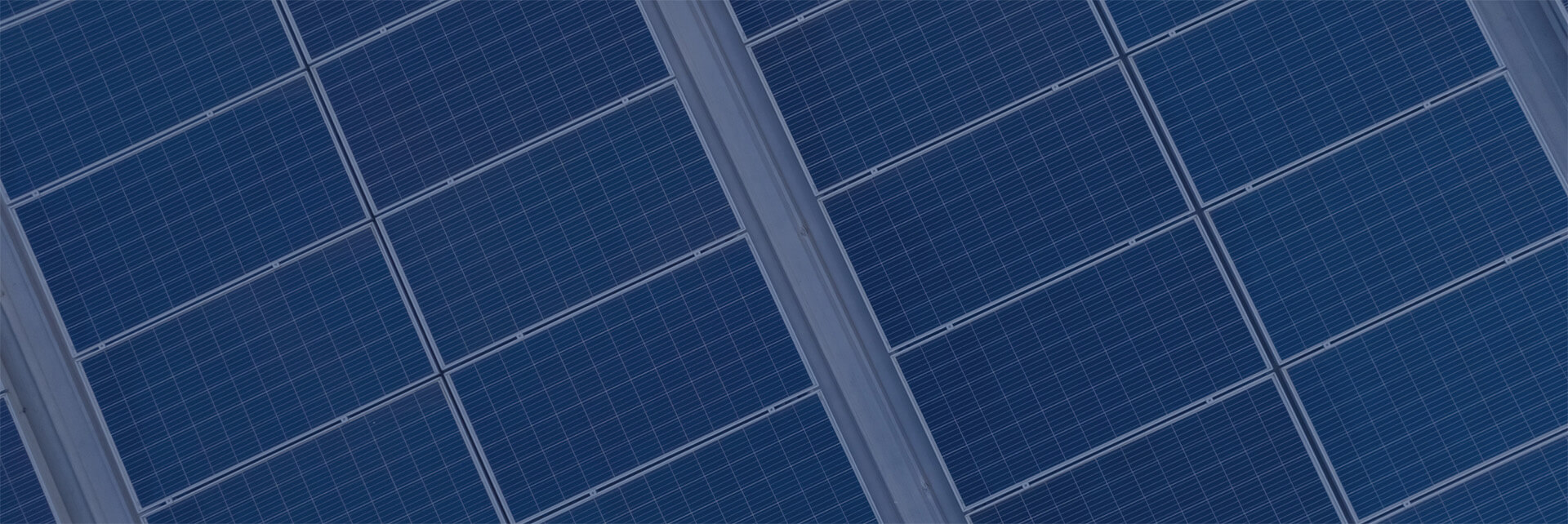Make no mistake: lightning packs a punch. And it can destroy solar energy equipment, as well as other appliances and equipment in your home.
The most common damage-causing lightning events are nearby but not direct strikes to your property or equipment. This kind of event causes surges that are picked up by and transmitted along cable runs. Where those cables connect to equipment the surges exceed the input protections of the devices and electronic components are damaged. Symptoms are generally the non-functioning or mal-functioning of electronic items like inverters, charge controllers, and communications devices (communications devices like inverter communication cards tend to be particularly vulnerable). There may or may not be any visible impact on the equipment, even looking inside at the electronic components. It may be hard to diagnose as lightning damage unless multiple devices are damaged at the same time. Modules, batteries, and racking are rarely damaged in this kind of event.
More severe events will often leave a trail of evidence including burnt, blackened, and destroyed devices.
The best defense against lightning is good grounding. Lightning arrestors, or Transient Voltage Surge Suppressors (TVSS), can mitigate lightning effects but they rely on effective grounding. A common guide for applying TVSS is to install one at any protection-worth device having connected cable runs in excess of 20m and install the TVSS as close to the device as possible with the shortest possible wire run.
If you have equipment damaged by lightning it is probably not repairable. Exceptions might include a damaged communications card.
Manufacturers’ warranties do not cover lightning damage. Insurance policies may or may not.
If you’d like to add some lightning protection to your system give us a call!

